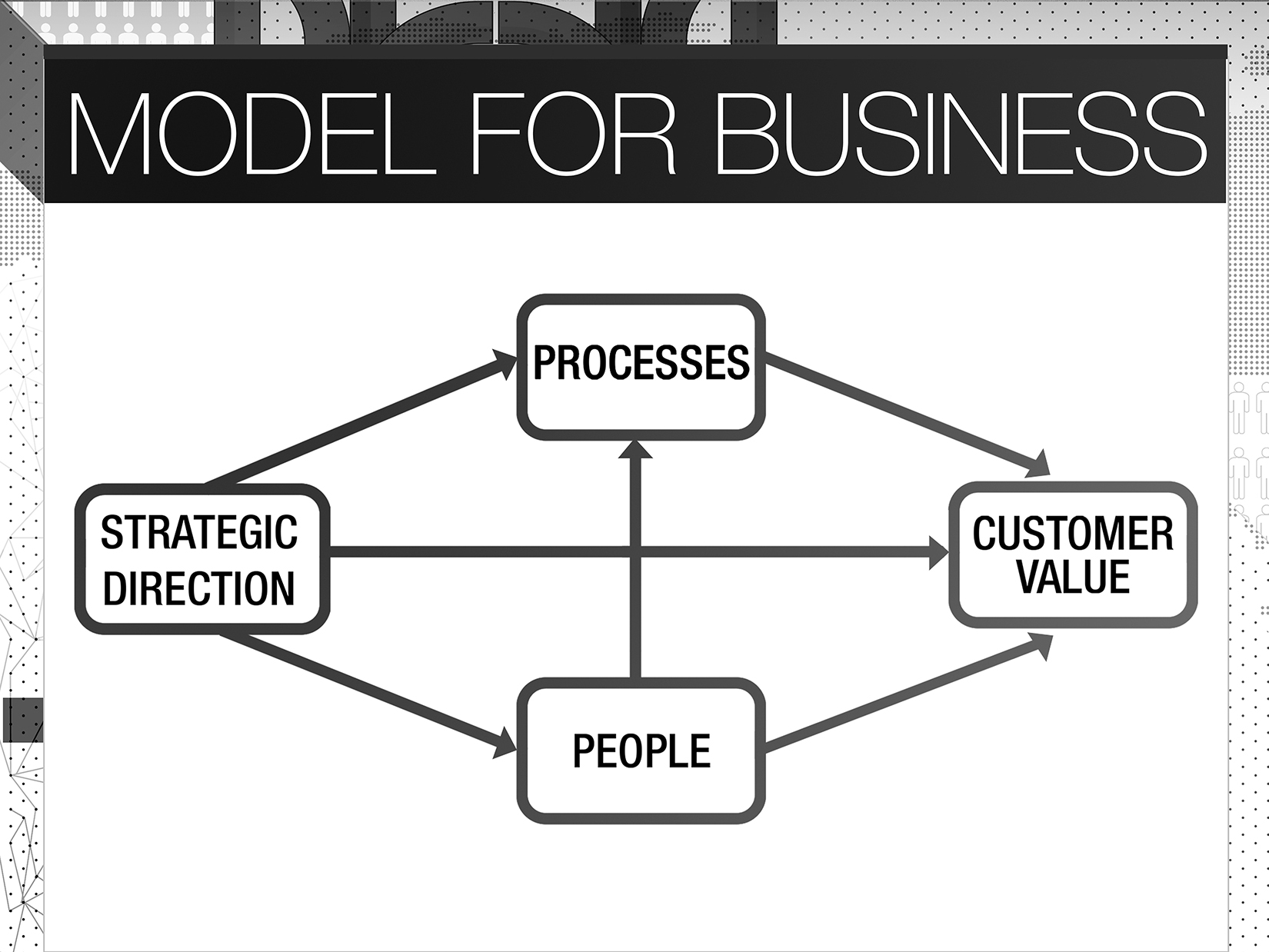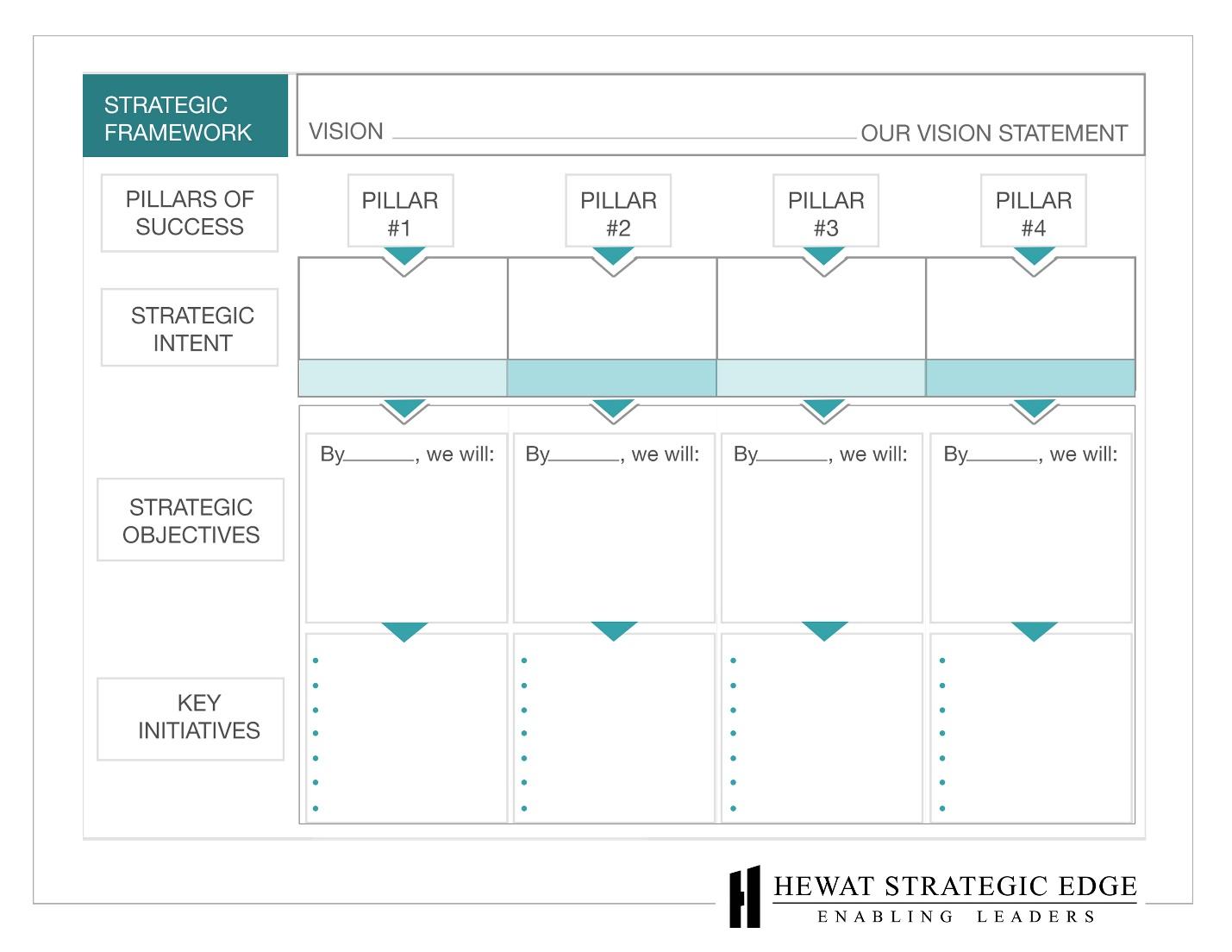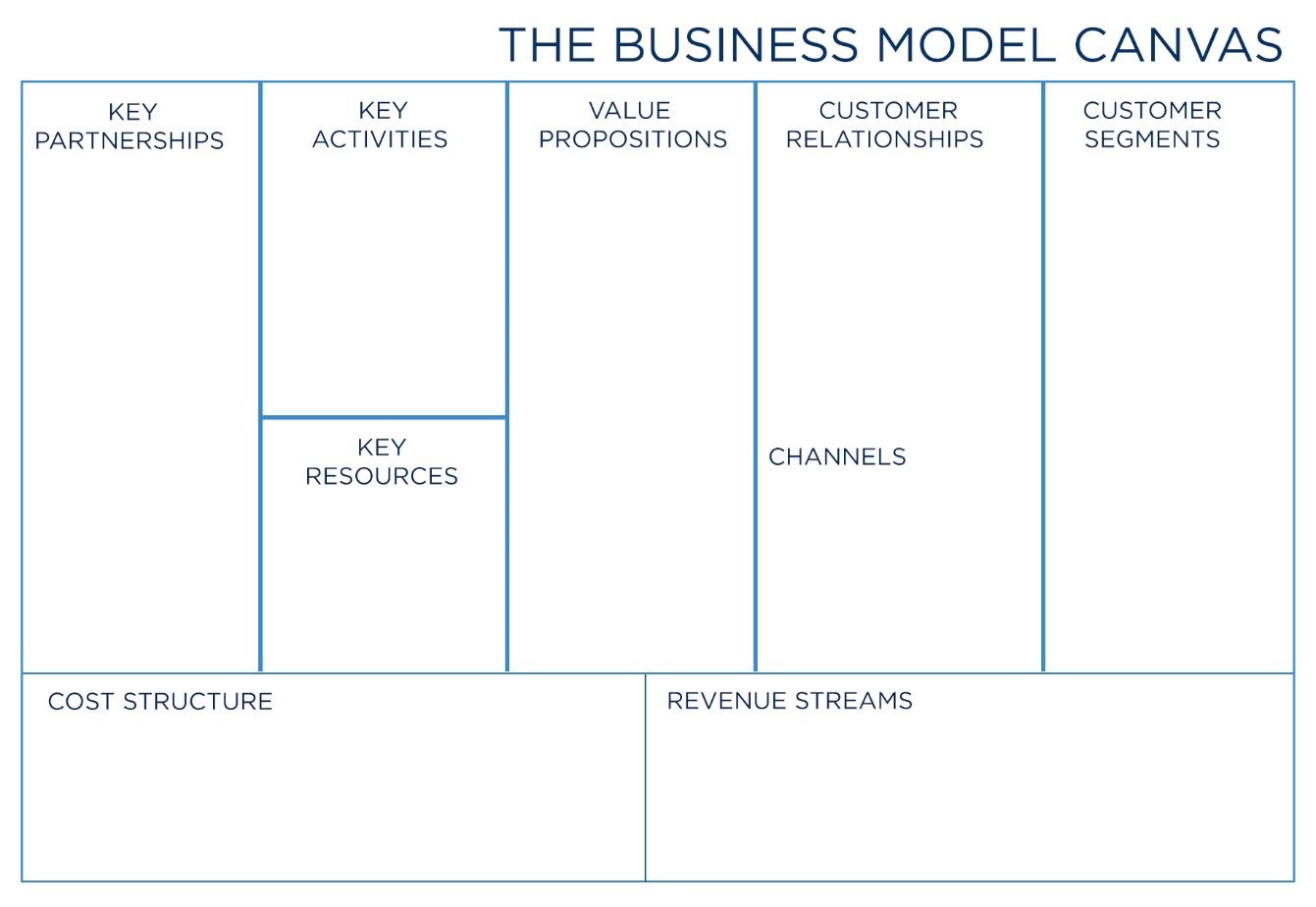Where to focus a business leader’s attention when it comes to creating a strategic plan for future success?
For most of my career, I have been very comfortable with the model illustrated below.

The Four Elements of Success model illustrates the connection of Sustainable Customer Value, which is created through the intersection of process improvements and aligned and talented people.
Strategic Direction is accomplished by the creation of a Strategic Framework as shown below. It has the virtues of tying together Vision, Pillars of Success, Strategic Objectives, Measures (dashboard) and Key Initiatives.

I am convinced that a focus on improving our most important processes yields tremendous gains, whether it’s for the purpose of improving our cost competitiveness or the delivery of value to our customers.
As a facilitator, I have watched up close the power of giving employees the tools to map their processes, brainstorm ways to improve them, deciding on the best options, and then carrying out the improvements. So, for me, it remains true that we need to set the strategic direction, fix the vital processes that are necessary to our success and equip our people with the skills and resources to succeed.
Because our strategic planning consulting is driven by models, I have tried to introduce other visual ways to analyse organizations, with the view to providing power to all employees to provide productive insights. One thing that I have rejected has been the idea of incorporating the idea of structure into the model.
The structure has too often meant looking at the org chart. In my experience, playing around with the organizational structure has almost always become synonymous with creating organizational paralysis, leading to leadership failure. We have created a video with a humorous take on this subject, entitled, The Morale is Going Downs at hewatstrategic.com/videos/.
How we see the world affects how we operate in the world. If we examine the organization through the lens of processes, we will likely take actions a lot differently than if we view the organization through the lens of an organizational chart or even the organizational functions (sales, production, accounting, HR etc.) We do not want to diagnose problems in a way that introduces counterproductive solutions.
That is why I have been excited by the Business Model Canvas, which was created by Alexander Osterwalder and Yves Pigneur. The canvas shown below describes in a visual manner how an organization creates, delivers and captures value.
www.strategyzer.com.

I am particularly pleased that the canvas does not lead anyone towards an outcome, it simply provides the context for a discussion about how we might be able to find smarter ways to get things done. It provides seven categories or aspects of operating the business, as well as the resulting revenues and cost implications of doing so.
We use the Business Model Canvas in our strategy planning with clients because it enhances our ability to facilitate discussions, without taking the clients down a rat hole.
Given that the title of this article was process or structure? What’s the answer? This strategic planning facilitator strongly believes that process remains the lens to both create and/or fix things. The Business Model Canvas helps us to locate where the changes should occur.

